Its been awhile since i've done a "What have we learned from Echinoderms?" type post.. So, this week a news round up about the utility of sea urchins and their inspired applications!
Although I talk about several different inspriations, two of the stories below focus is the elaborate jaw mechanism in sea urchins known as Aristotle's Lantern! A nice basic definition can be found at the Echinoid page on The Natural History Museum in London (here).
Aristotle's Lantern is this weird yellow piece in the picture below. These sit over the mouth opening and the "teeth" or jaws of the sea urchin emerge through the bottom..
This illustration gives you an idea of the orientation
And here's a video that allows you to see the teeth emerging through the oral opening and back again.
ALL of the stories below are part of a field known as biomimicry!
Basically, taking the idea/engineering from ACTUAL biological structures that have demonstrated effectiveness and reverse-engineering them so that they can be used in industrial or other applications!! Urchins have been quite the inspriation of late! Here's a round up of some of the recent and more interesting ones!
1. Self Sharpening Blades/Knives!
Based on this account in Advanced Functional Materials and a summary in National Geographic (here) sea urchin teeth were studied with x-rays and determined to occur in separate layers with different structural textures which are interlaced between softer organic layers.
One of the textural layers breaks very easily but is also replaced very easily. These areas get "torn away" whenever the teeth on sea urchin jaws are used.. but are also replaced quite quickly!
Thus, functionally, the teeth grow continuously and are thus CONSTANTLY being rejuvenated and are essentially always sharp!
2. Sea Urchin Jaws Inspire Space Exploration??
Researchers at Scripps and UCSD looked to the sea urchin jaw as a model for a claw-like device that could find use in space exploration! (see the full UCSD account here)
You can also just watch this video account of the whole thing...
Here's an Italian "bionic model" of how the Aristotle's Lantern jaw might work.. Kind of similar to the way a claw in one of those arcade "grab claw" games works!
3. Architecture: Urchin Test Shape distributes Stress!
Its been commented upon at sites such as these that the "oblate" shape of sea urchin skeletons (i.e., the test) is very effective at distributing stress evenly over the surface. Thus, the shape of urchin skeletons might actually be useful for inspiring better shapes in building!
...and then of course, there's the TARDIS in Doctor Who!
4. Sea Urchin Spines Inspire Idea for Concrete!
A paper by Seto et al in PNAS from 2012 studied the physical structure of sea urchin spines and discovered that they were composed of crystals that were bound together with a second type of calcium carbonate, acting as sort of a mortar, but with no crystal structure. These give the spines a highly resistant texture that suggest a better way to make fracture resistant materials. A summary of this was in this BBC story. and yet even more can be found on this blog about Mesocrystals and concrete!
5. Adhesives!
Instead of "suction" as had been believed for decades, it turns out that urchin tube feet work on a chemical adhesive basis! In other words,, they STICK instead of SUCK! You can go through a brief summary of these details here.
These provide a lot of potential for marine adhesives if the means of adhesion can be understood and "reverse-engineered"!
Other posts in the "What good are echinoderms" series to be found HERE
and here!
I 'm going to refer back to some earlier posts I wrote about adhesives in starfishes and urchins not using "suckers" a few years ago..here to reiterate that the older model of "suction cup tube feet" is no longer accepted.
Instead of "suction" as had been believed for decades, it turns out that urchin tube feet work on a chemical adhesive basis! In other words,, they STICK instead of SUCK! You can go through a brief summary of these details here.
These provide a lot of potential for marine adhesives if the means of adhesion can be understood and "reverse-engineered"!
Other posts in the "What good are echinoderms" series to be found HERE
and here!
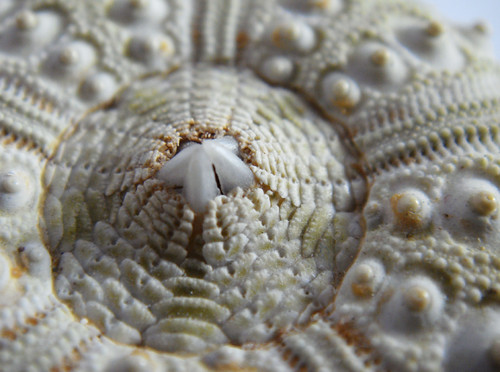

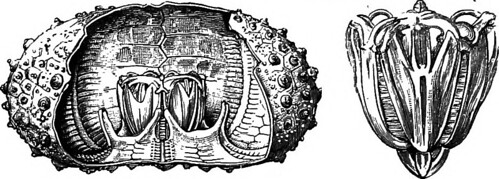


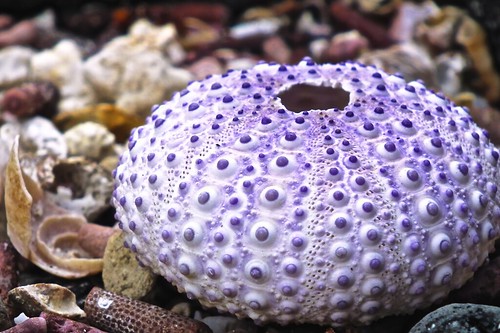


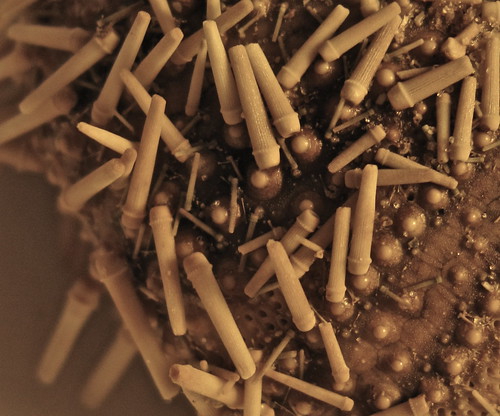
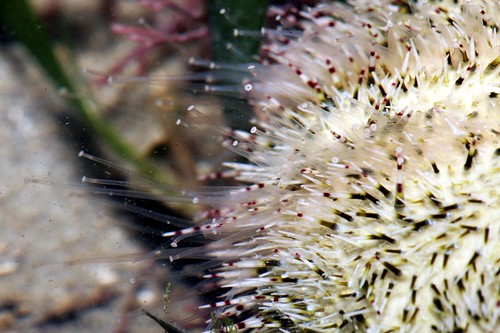
nice
ReplyDeletei found very helpful informations about my architecture project from your post. Thanks a lot! Well explained and detailed.
ReplyDelete